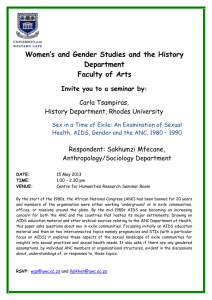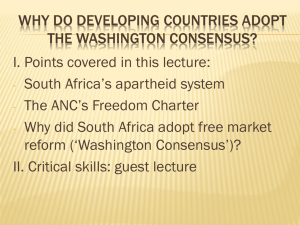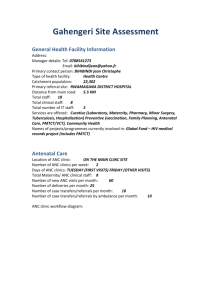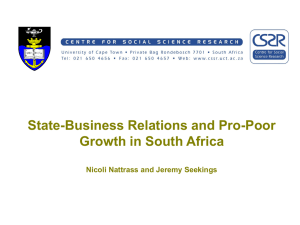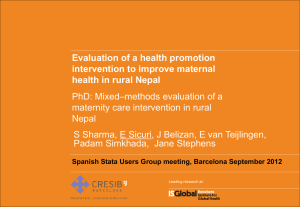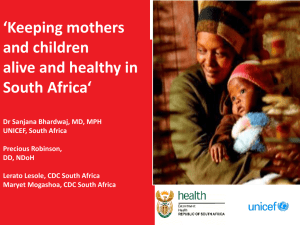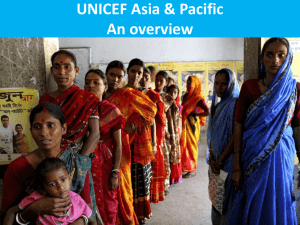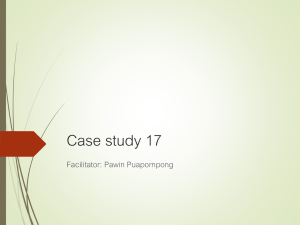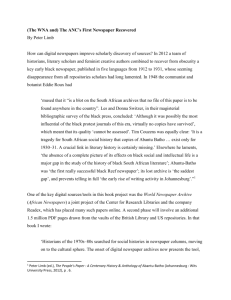Apartheid South Africa`s Road to Democracy, 1989
advertisement
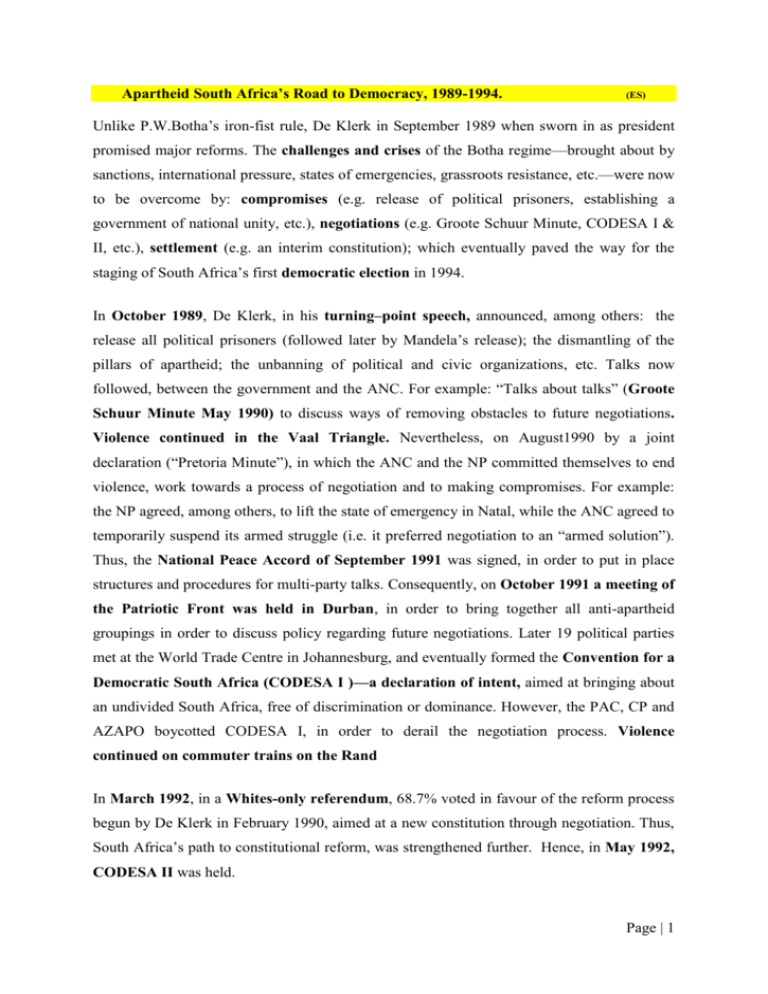
Apartheid South Africa’s Road to Democracy, 1989-1994. (ES) Unlike P.W.Botha’s iron-fist rule, De Klerk in September 1989 when sworn in as president promised major reforms. The challenges and crises of the Botha regime—brought about by sanctions, international pressure, states of emergencies, grassroots resistance, etc.—were now to be overcome by: compromises (e.g. release of political prisoners, establishing a government of national unity, etc.), negotiations (e.g. Groote Schuur Minute, CODESA I & II, etc.), settlement (e.g. an interim constitution); which eventually paved the way for the staging of South Africa’s first democratic election in 1994. In October 1989, De Klerk, in his turning–point speech, announced, among others: the release all political prisoners (followed later by Mandela’s release); the dismantling of the pillars of apartheid; the unbanning of political and civic organizations, etc. Talks now followed, between the government and the ANC. For example: “Talks about talks” (Groote Schuur Minute May 1990) to discuss ways of removing obstacles to future negotiations. Violence continued in the Vaal Triangle. Nevertheless, on August1990 by a joint declaration (“Pretoria Minute”), in which the ANC and the NP committed themselves to end violence, work towards a process of negotiation and to making compromises. For example: the NP agreed, among others, to lift the state of emergency in Natal, while the ANC agreed to temporarily suspend its armed struggle (i.e. it preferred negotiation to an “armed solution”). Thus, the National Peace Accord of September 1991 was signed, in order to put in place structures and procedures for multi-party talks. Consequently, on October 1991 a meeting of the Patriotic Front was held in Durban, in order to bring together all anti-apartheid groupings in order to discuss policy regarding future negotiations. Later 19 political parties met at the World Trade Centre in Johannesburg, and eventually formed the Convention for a Democratic South Africa (CODESA I )—a declaration of intent, aimed at bringing about an undivided South Africa, free of discrimination or dominance. However, the PAC, CP and AZAPO boycotted CODESA I, in order to derail the negotiation process. Violence continued on commuter trains on the Rand In March 1992, in a Whites-only referendum, 68.7% voted in favour of the reform process begun by De Klerk in February 1990, aimed at a new constitution through negotiation. Thus, South Africa’s path to constitutional reform, was strengthened further. Hence, in May 1992, CODESA II was held. Page | 1 However, the benefits of negotiation at CODESA II were one-sided. It soon became apparent to many that, the De Klerk government was trying to manipulate ongoing Black-on-Black violence to its own advantage, and that a negotiated move to democracy would not be easy. Tension between migrant hostel dwellers (many from Inkatha-dominated rural Natal) and local township residents (ANC supporters), and government’s financial and military support of Inkatha which confirmed the ANC’s accusation that a “third force” was at work, increased suspicion and mistrust between the government and the ANC. To worsen matters, the Boipatong Massacre occurred in June 1992, when ANC members attending a funeral, were attacked and killed by Inkatha-supporting hostel dwellers, assisted by the police! ANC leadership now came under increasing criticism from its grassroots membership that, it was talking to the enemy while killings continued in the townships. Thus, differences soon emerged at CODESA II. No consensus could be reached on: majority rule; power sharing; regional powers and the ending of continued violence. The ANC and its allies (SACP and COSATU), now formally broke off all negotiations with the government, and demanded a full investigation of the causes of violence and a firm check over the activities of the police and the security forces. It also threatened “rolling mass action”, commencing 16 July 1992—which involved mass demonstrations and a two-day general strike in August 1992—in order to intensify pressure on the white government. But violence continued. Thus, on 7 September 1992 the Bisho Massacre occurred, in which 28 ANC supporters were shot dead by Oupa Gqozo’s (Ciskei’s Bantustan Leader) armed forces. Besides the pressure exerted by the international world to urge conflict-ridden South Africa to find a peaceful solution, both De Klerk and the ANC realized the importance of re-opening talks between them. Thus, on 26 September 1992, bi-lateral talks were held between the ANC and the NP at a Summit Meeting held at the World Trade Centre. After secret talks between Cyril Ramaphosa (ANC) and Roelf Meyer (NP), the “Record of Understanding” was drawn up, in which the following concessions were made, namely: The NP agreed to the ANC’s demands for the release of all death row political prisoners; the erecting of fences around migrant workers’ hostels; and the banning of the carrying of cultural weapons. In return, the ANC conceded to a government of “national unity” which would include all parties that obtained over 5% of the vote in the forthcoming elections. That concession was proposed by Joe Slovo of the SACP, whose “sunset clause” involved power sharing with the NP for a fixed period of time; amnesty for security officers, and the honoring of the contracts of civil servants. His clause was accepted and endorsed on 18 November 1992, and thus broke the final deadlock for a negotiated settlement, at multi-party talks, which was scheduled for April 1993. Page | 2 However, that bi-lateral agreement between the ANC and the NP was rejected by the IFP, which reacted by withdrawing from all talks with the government and realigned itself with discredited homeland leaders of Ciskei, Transkei & Bophuthatswana, and with conservative whites (CP) form COSAG (Concerned South African Group). The latter group, made a call for the abolition of the “Record of Understanding”, the ending of CODESA II, and for the disbanding of MK. The PAC also boycotted CODESA II, as it accused the ANC of being a bourgeois organization that was selling out the interests of the working class. It proposed, a Constituent Assembly, instead. Also, members of the armed wing of the PAC, the Azanian People’s Liberation army (APLA), tried to disrupt the negotiation process, by launching several attacks on white liberals—for example, on St. James Church in Kenilworth and on the Heidelberg Tavern).Furthermore, the Conservative Party and other far rightwing Afrikaner parties, refused to enter into any negotiations involving the loss of white political monopoly, and demanded racial territorial segregation in a federal system, while the Afrikaner Weerstand Beweging (AWB), under the fanatic Eugene Terreblanche, threatened war if majority rule was implemented. Nevertheless, power play, the clash of personalities (Mandela-De Klerk; Buthelezi) the “right-wing gevaar”, massacres, ensuing violence and the formation of COSAG, all failed to derail the negotiation process. Be that as it may, just before multi-party talks were resumed, the fragile peace was once again disrupted on 10 April 1993 when Chris Hani (a popular ANC and SACP leader) was assassinated by a Polish immigrant Janusz Walus –who plotted the deed with Clive Derby-Lewis, a right-wing extremist who had links to the Conservative Party. Hani played a key role in getting the more militant ANC youth to accept the negotiation process. However, white right-wing organizations (CP & AWB) felt alienated by the negotiation process, and also disliked Hani because he was a communist. Every attempt was, therefore, made to derail the negotiation process. His killing led to angry township demonstrations and to an increase in racial tension. South Africa’s foreign exchange rate and its share market took a downward spiral. Hani’s funeral was televised live on SABC and became the biggest and most publicized funeral in the history of South Africa. Many of the youth, frustrated by the lack of any meaningful change since 1990, protested throughout the country and ignored Mandela’s call for calm on national TV. They appeared to be either abandoning the ANC for the PAC or to be demanding a more radical policy from ANC leaders. That crisis, therefore, Page | 3 injected a sense of urgency into the negotiation, as many people believed that time was running out for South Africa to achieve a peaceful solution. Thus, in April 1993 multi-party talks resumed at the World Trade Centre outside Johannesburg, nearly a year after the collapse of CODESA II. The talks included the IFP, the PAC and the CP. However, on July 1993, the AWB planned to sabotage the multi-party talks by driving an armored vehicle through the doors of the WTC. Extreme right-wing violence and the frustrations of an alienated Black youth had reached a critical level. Time was running out, both for the government to achieve a settlement in which it could retain some control, and for the ANC to retain its grassroots support. Thus, the ANC pressurized the negotiators to set a date for the elections immediately. Consequently, the following settlement was reached by the ANC, the NP , the PAC, as well as smaller parties: (1) 400 representatives would be elected by a system of proportional representation for a National Assembly; (2) 9 new provinces would replace the old provinces and homelands; (3) There would be a Senate with 10 representatives from each of the 9 provinces; (4) The National Assembly and Senate would sit together as a constitutional assembly to draft the final constitution; (5) All parties gaining at least 5% of the votes would be represented in a Government of National Unity for 5 years. Thus, the old government would continue in a power-sharing role during the first office term. Hence, it was decided that South Africa’s first democratic election would be held on 27 April 1994, and that negotiators set about writing the interim constitution based on an interim Bill of Rights. On 18 November 1993, the draft for an interim constitution was accepted, and the Independent Electoral Commission (IEC) under the leadership of Justice Johann Kriegler was established, to administer the first general election in a new democratic South Africa, which was contested by 19 political parties. In January 1994 the Transitional Executive Council came into existence. However, there were several last minute attempts to prevent the elections from occurring: in March 1994, the “invasion of Bophuthatswana” by a convoy of armed AWB members occurred, in order to assist Mangope’s repressive regime. 3 AWB members were killed and Mangope fled to Sun City and was placed under house arrest for protection by the SAP. In spite of these obstacles, negotiations continued. The ANC and NP now tried to convince the CP and IFP to join the elections. CP under the leadership of Constant Viljoen joined, but Page | 4 the IFP refused, and organized a march to Shell House. Violence erupted between the supporters of the ANC and those of IFP. 8 people were killed. Moreover, between January to April 1994, 40 bombs blasts occurred, targeting political parties and voting venues, killing 21 people and injuring 200. More than 30 right-wingers, involved in sabotage campaigns, were arrested. However, the white right’s attempts to derail democracy, failed, and a week before the election, the IFP started its election campaign. The ANC eventually won 62.5% of the national votes, the elections were declared free and fair by the IEC, and Nelson Mandela was elected as the first Black president of a newly formed democratic South Africa. Page | 5
